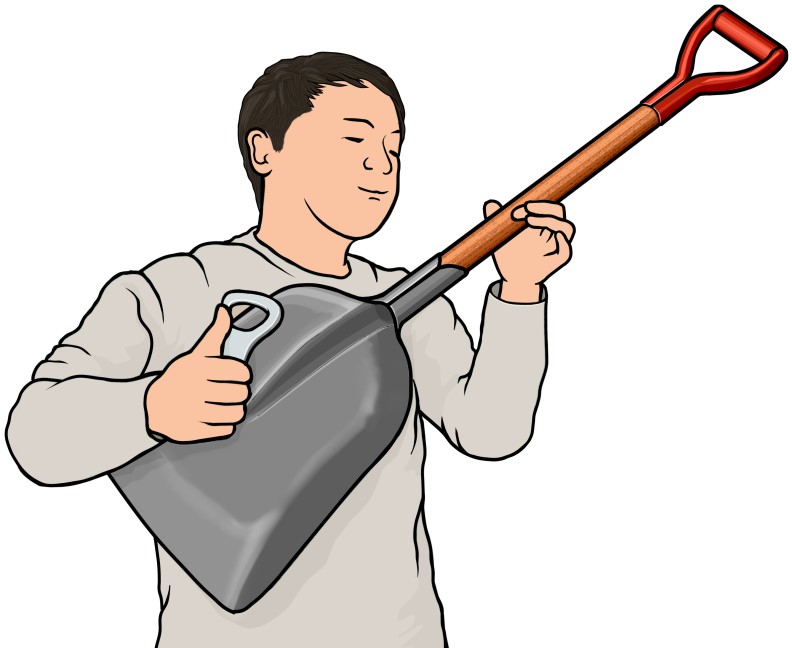BLOG
Is Chopin's "Etude de la Revolution" difficult?
Jan 12, 2022

"Chopin is no longer the most popular composer when it comes to classical piano.
I think his familiar and beautiful melodies and cool fast phrases are very appealing.
The most popular pieces with familiar and beautiful melodies are "Farewell Song" and "Nocturne No. 2," but the most popular pieces with cool fast phrases are "Farewell Song" and "Nocturne No. 3,
Which song comes to mind as a song with cool fast phrases?
Generally speaking, "Fantasy Improvisation", "Etude de la Revolution", or if you are a piano expert, "Etude in 10-4",
I think they would be cool and technical pieces.
But what about the actual performance?
The "Fantasy Improvisation" is sometimes performed at the recitals of music schools in town.
However, "Etude de la Revolution" tends to be performed only in advanced circles or under high-level students.
◆Is the Etude de la Revolution really difficult?
Yes, it is. I think it is very difficult to play.
It is tough to play right after starting piano.
However, it is not at the level where you have to be a music student or above to play it.
I think it can be played by amateurs.
◆On the contrary, what is the easy part of the Etude de la Revolution?
I think that there are many parts that can be cheated by the atmosphere, even if they are a little rough.
As an average listener, I don't know if you are playing all the keys with a uniform touch.
I think it is a good idea to use the pedal to the extent that it is not too harsh and to play without pushing yourself too hard.
Also, since there is less movement of the right hand, I think the burden of reading music would be less.
◆Your left hand will move as you play.
Basically, since piano is an instrument that requires heavy use of the right hand, many people have trouble playing fast with the left hand.
However, as they practice the Etude de la Revolution, some of them find that their left hand moves better than they had imagined.
This may be similar to the question of whether the egg comes first or the chicken comes first.
◆Points for moving the left hand
Not being fixated on the concept of finger return is the key to playing lightly with the left hand.
So, what should be the axis for handling a wide range of notes, not centering on the return of the fingers? You may be wondering.
The answer lies in arm and hand stability.
As an alternative to finger return, the hands must always hold the octave shape.
If the hands can change positions quickly with the whole arm while maintaining the octave shape, fast-moving arpeggios can be easily achieved.
However, this technique requires finger strength. I believe that by continuing to do light finger loads in your daily life, you can develop supple fingers.
◆Conclusion
What do you think?
I think practicing octaves is a shortcut to play "Etude de la Revolution".
Before practicing "Etude de la Revolution," you might want to practice practicing octaves on a steady basis.
I wish you the best of luck!


